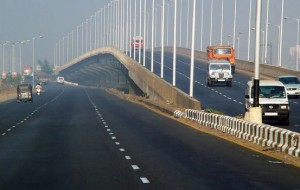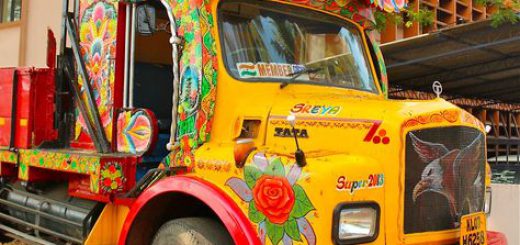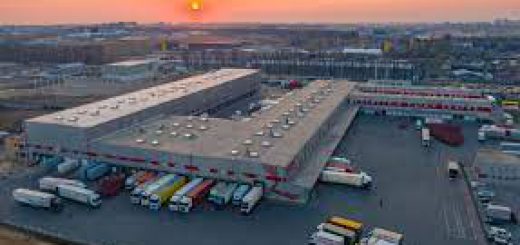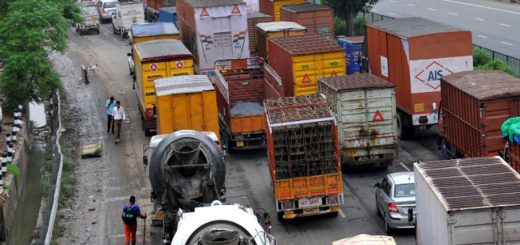Transport sector becomes Modi’s top priority with Make in India
Narendra Modi, the Indian prime minister, is determined to perk things up for the nation by turning it into a significant manufacturing hub with his “Make in India” initiative, launched in September 2014. The campaign is expected to bring a much-needed spell of long-term economic success. Infrastructure is pivotal to the Make in India initiative — be it in the areas of transport, retail, telecom, or defence and security.
They are willing to take a leap of faith and pump capital for indigenisation. Auto companies are betting big on the Make in India initiative by increasing production capacity and trying to make India a global export hub. Basing their ‘expansion plans on long-term projections’, the investments by companies, such as Renault Nissan, Mercedes Benz, Honda, Maruti Suzuki, Volkswagen, Ford Motor, Fiat Chrysler, Volvo, BMW India, Isuzu and many more, add up to more than INR 34,630 crore (~USD 5 billion) according to PwC. The government has initiated pilot electric vehicle projects and formulated the Automotive Mission Plan, the National Automotive Testing and R&D Infrastructure Project (NATRIP) and the National Mission for Electric Mobility 2020 to encourage modernisation, low-cost, ‘clean’ manufacturing, and offer affordable, reliable transportation. The Indian auto component sector will also benefit from these expansion/fresh investment plans announced by the auto makers. The cost competitive auto component industry can look forward to profitable business opportunities with foreign companies.
Indian transport infrastructure still needs to be upgraded to meet the demands of the growing population. Poor rural–urban market connectivity and deplorable roads add to the woes of a fragmented logistics industry. Modi’s government is looking to encourage investment from developed nations to build suburban corridors, high-speed trains and freight lines that connect power installations, mines and ports. In the last year, the railways and road transport & highways ministries spent 96% and 95% of their allocated budgets as Modi’s Make in India and Digital India initiatives are being implemented in the transport sector. A slew of policy initiatives to fast track stalled road projects — encouraging e-governance, using a new, hybrid model to deal with the lack of private interest, making obtaining environmental clearances and acquiring land easier — have been put in place to increase the pace of road construction. Nitin Gadkari, the Union Transport Minister, said, “We would like to convert the transportation system into electric, bio-fuel so as to reduce pollution and the dream of ‘Make in India’ will be accomplished.”
The railway department has earmarked routes for dedicated eastern and western freight corridors where trains will ideally move at speeds of 100 km/h or more; this move should revive the logistics industry and decongest the traffic on main tracks that cater to passenger trains. The government is trying to change the ‘chronic under-investment’ in the railway sector through market borrowings, internal generation and PPP. Modi is also strengthening the maritime sector as part of the Make in India program. Modi said, “Centre is incentivising a shift towards coastal & inland water transport” and the ‘Sagarmala’ project is huge step in this direction.
Source : http://indiatransportportal.com/transport-sector-becomes-modis-top-priority-make-india-32308





Recent Comments